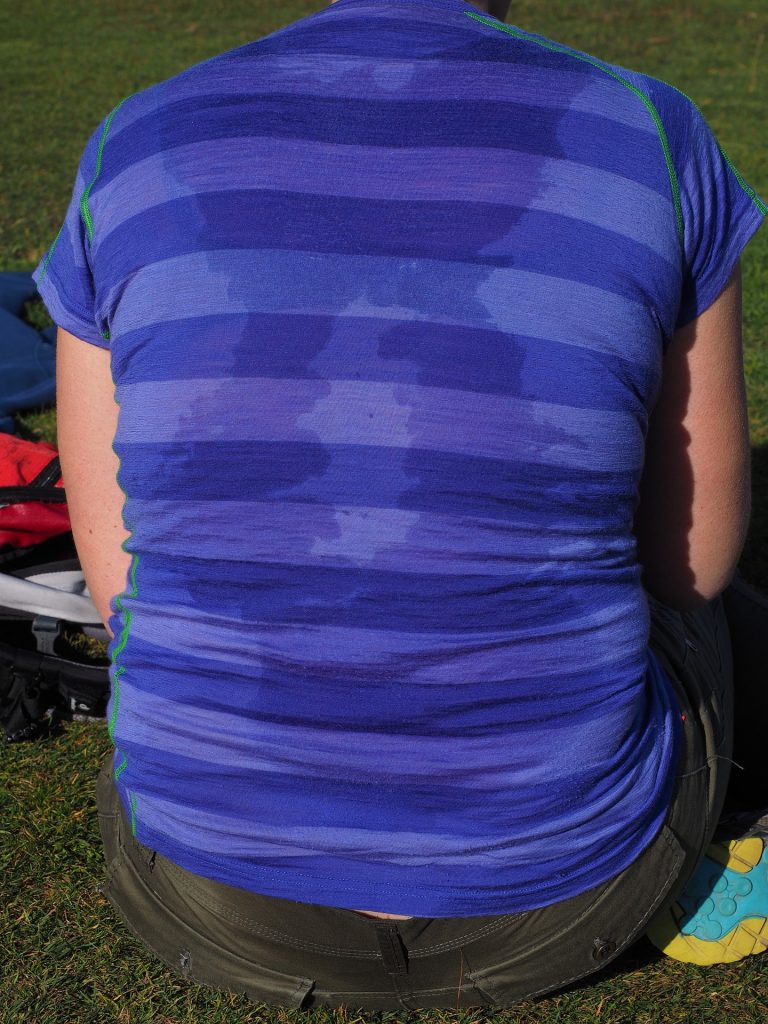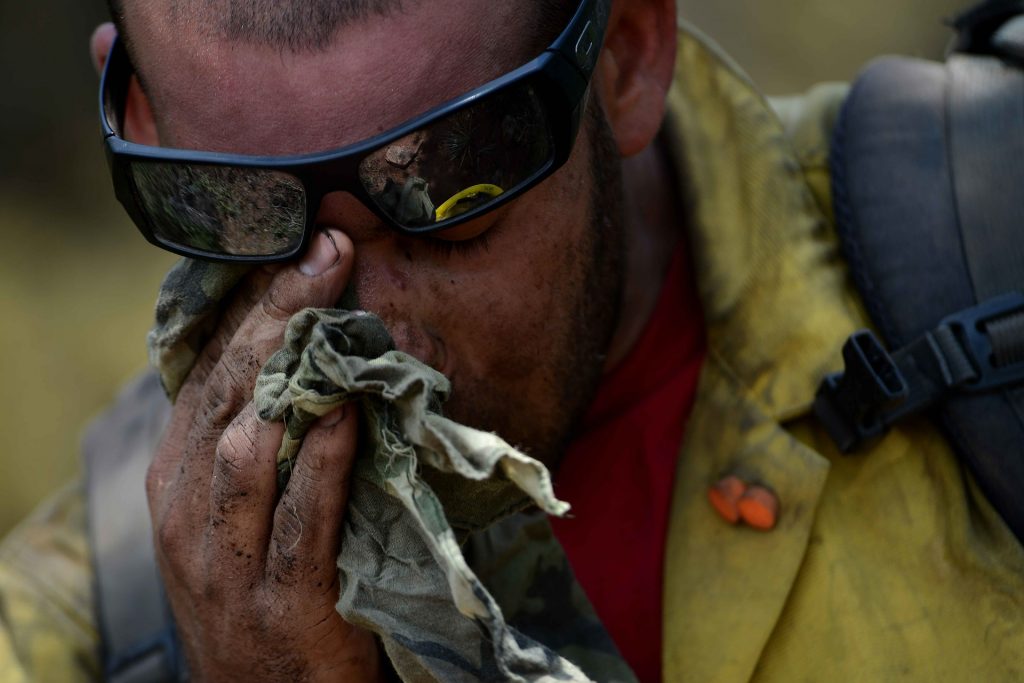With temperatures often climbing into the triple-digits during July and August, it’s especially important to be heat aware and avoid heat stroke (sunstroke).
But how do you know whether you’re just thirsty, have a case of heat exhaustion or are suffering from heat stroke? The CDC let’s us know what to expect and how to combat the symptoms.

Symptoms of Heat Cramps
If you’re sweating profusely and having episodes of muscle cramps, you need to slow it down, find somewhere cool to relax and drink some water. Don’t start exercising or do any more physical activity until the cramps goes away. If they don’t go away or you have suffer from chronic heart problems, seek medical attention.
Symptoms of Heat Exhaustion
Heat exhaustion is a less-severe form of heat stroke. If you’re suffering from heat exhaustion, you’ll notice signs like sweating, clammy skin, nausea (and vomiting), muscle cramps, exhaustion (fatigue), headache or dizziness. If you experience any of these symptoms, you need to get to a cool place and hydrate with water or a sports drink. If you’re able, take a cool bath and lower your body temperature. Don’t chug water, instead slowly sip it to rehydrate. If your symptoms get worse or you begin throwing up, seek immediate medical attention.

Symptoms of Heat Stroke
Heat stroke is a severe heat sickness that can cause permanent damage. Watch for these symptoms:
- High temperature (if higher than 103 degrees, seek medical attention)
- Hot, damp skin
- Racing pulse
- Headache
- Nausea (and vomiting)
- Confusion
With both heat exhaustion and heat stroke, you are at a greater risk for losing consciousness or passing out.
Heat stroke is a medical emergency and if you experience any of these symptoms, call 911 right away. If a person loses consciousness due to heat stroke, move them to a cool place and place cool, damp cloths on them to help lower their body temperature. DO NOT give the person anything to drink and DO NOT give the person an ice bath. You can, however, place ice packs on a person’s head, neck, armpits and groin area to help lower their body temperature.
Heat Stroke Prevention
Heat stroke can be deadly, so preventing it by wearing appropriate clothing for the environment and staying hydrated is crucial. Here are some other ways you can prevent heat-related illnesses:
- Wear lightweight clothes or clothing that allows your body to cool properly if you’re going to be outside in the heat for an extended period of time
- Protect against sunburns by wearing sunscreen (SPF 30 or higher), a shirt, sunglasses and a hat to block harmful UV rays
- Hydrate, hydrate, hydrate. Drink plenty of water, especially before and after you’ve been out in the heat. If you go from sweating to feeling hot but not producing sweat, you’re dehydrated and may begin to feel ill. Stay on top of it by drinking plenty of water throughout the day
Protecting Your Children
According to the National Highway Traffic Safety Administration, the United States hit a record number of heat stroke-related deaths of children in 2018, when 53 kids died from being left in hot vehicles. On average, 39 kids per year between the ages of 0-9 die in hot car deaths. As of June 31, there had already been six deaths nationwide in 2020. The majority of these deaths happen because a parent or guardian forgets the child in the car. 100 percent of those deaths were preventable.
- Look before you lock. When you get out of your vehicle, make a habit out of checking in the back seat.
- For extra measures, place an item you need for the day, such as a shoe or cell phone, in the backseat so you don’t forget to look.
- Get into the habit of locking your doors so children are not tempted to climb into vehicles unattended.
- Never leave a child alone or unattended in a vehicle. The temperature of a vehicle can raise 20 degrees in less than 10 minutes, which is more than quick enough to bring on heat stroke in a small child.
- If you see a child alone in a vehicle, say something. If the child is responsive, stay with them and have someone else look for the driver. If the child is unresponsive, call 911 immediately.


